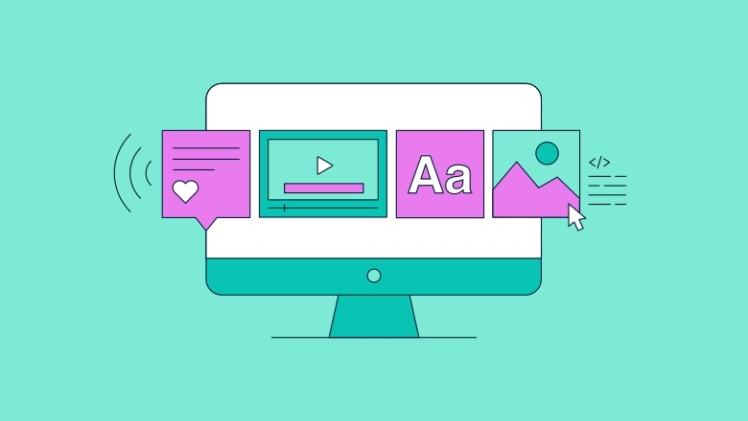As the internet becomes an increasingly central part of our lives, everyone must have equal access. Unfortunately, for people with disabilities, the web can often be a frustrating and inaccessible place, according to the experts at accessiBe. This article will explore ten ways to make the internet more inclusive for everyone.
1. Use accessible formatting
When formatting your text, use accessible fonts and colors that everyone can see. Avoid using bright colors or fonts that are difficult to read, and make sure your text is large enough to be easily readable. Another consideration is using sufficient spacing between lines and paragraphs to make the text easier on the eyes.
2. Use simple and plain language
When writing for the web, it’s important to use clear and concise language that everyone can understand. Avoid using complex words or jargon that may be difficult for some people to follow. Be sure to use proper grammar and punctuation, and break up your text into manageable chunks.
3. Use images with descriptive captions
When using images on your website, include a descriptive caption that explains what the image is about. This will help people who are visually impaired or have difficulty understanding pictures.
4. Use headings and subheadings
Headings and subheadings can be helpful for people who want to scan through a page quickly. They also make the text easier to understand, as each heading corresponds to a specific topic.
5. Use lists and bullets
Lists are another effective way to organize your content and make it easier to read. When using lists, be sure to use proper punctuation and use bullets or numbers to distinguish each item.
6. Make links accessible
When creating links on your website, make them accessible by using descriptive text. For example, instead of using “click here,” use “read more about our services.” This will help people who are visually impaired or have difficulty understanding links.
7. Use clear and concise error messages
When there is an error on your website, be sure to use clear and concise error messages that explain what went wrong. This will help people who are visually impaired or have difficulty understanding the text.
8. Use accessible forms
Forms can often be difficult to use for people with disabilities, so making them as accessible as possible is important. Be sure to use accessible input fields, checkboxes, and radio buttons, and provide clear instructions on how to fill out the form.
9. Use captions and audio descriptions
Captioning and audio descriptions can be helpful for people who are deaf or hard of hearing. Captions are text-based descriptions of what is being said in a video, and audio descriptions are narrated descriptions of what is happening on-screen.
10. Use a website accessibility checker
Several free online tools can help you check the accessibility of your website. One such tool is accessiBe’s checker or other tools such as WAVE and WebAIM. Using these tools, you can identify areas where your website could be improved.
In conclusion
Making the internet more inclusive for everyone is an important task, and there are many ways to do it. Hopefully, by using the tips in this article, you can make your website more accessible for everyone.



